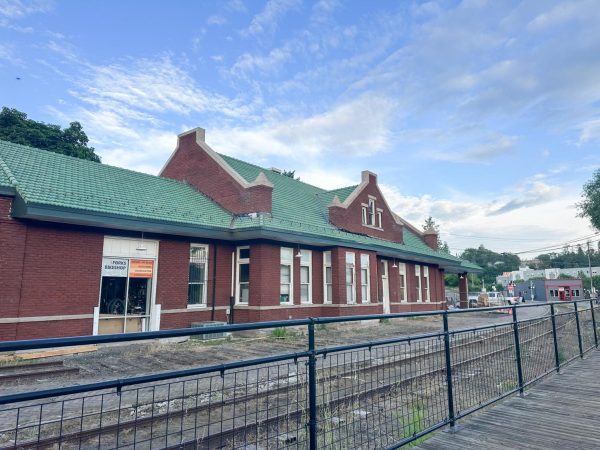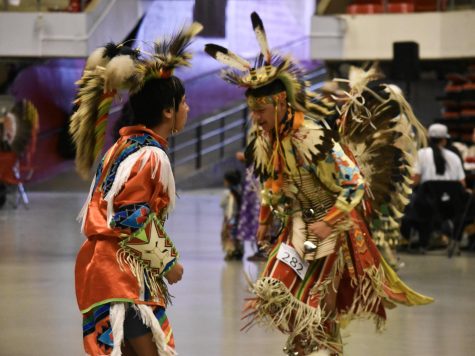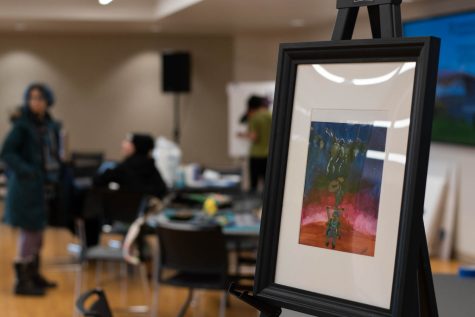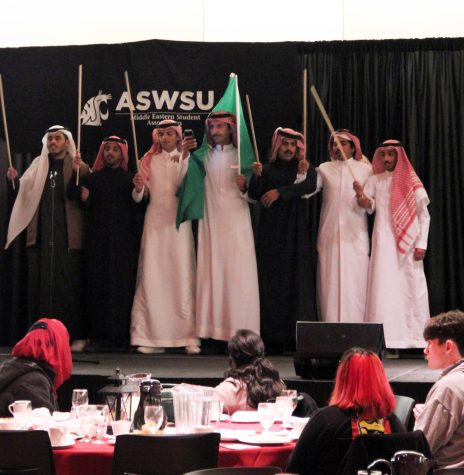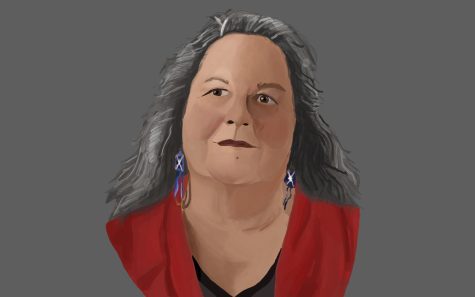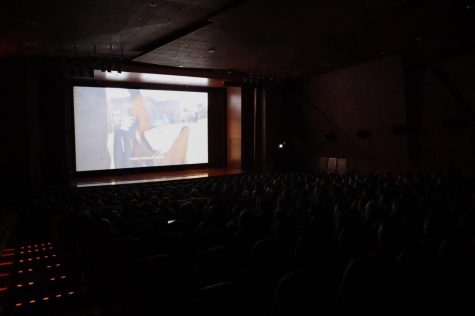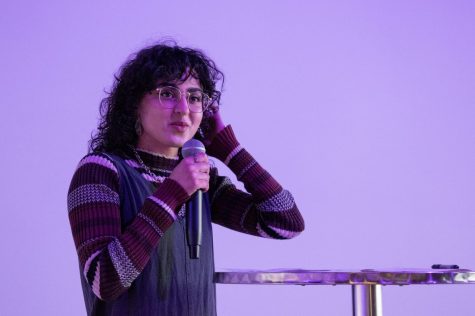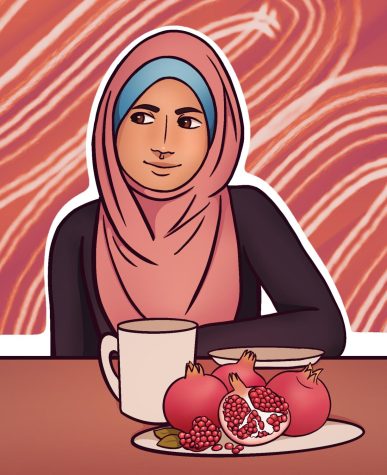Film screening revisits Japanese-American internment
Patti Hirahara, Trevor Bond, David Ono, Anna-Maria Shannon, Jeff MacIntyre, and Isamu Sam Higuchi Jr. work at MASC in Terrell Library, Tuesday Oct. 14, 2014.
October 15, 2014
Japanese internees will have their stories told, 70 years after internment, through the Emmy Award-winning documentary, “Witness — The Legacy of Heart Mountain.”
The film will play at 7 p.m. Wednesday in the CUB Auditorium, followed by a panel discussion with co-producers David Ono and Jeff MacIntyre. Ono, ABC7 Los Angeles Eyewitness news anchor, and MacIntyre, award-winning editor and videographer, worked from photos taken by George and his son Frank Hirahara while interned in the camp at Heart Mountain.
Patti Hirahara, who donated her father’s 2,000 photos as well as her time, said as the fourth and last generation of the Hirahara family in America, she felt a responsibility to share the photos.
“I feel it is important to make people aware of what happened to the Japanese and Japanese-Americans during World War II, and with WSU becoming a part of the Japanese internment conversation,” she said, “I felt it was important to be WSU’s biggest supporter to help the university tell its story through my family’s photo collection.”
Hirahara said the documentary won three Emmy awards. The Radio Television Digital News Association awarded the documentary with the National Unity Award and the Edward R. Murrow Award. The film also won an Asian-American Journalist Association’s Television Award.
“I had never imagined that our Heart Mountain photographs would be featured in an Emmy Award-winning documentary like this,” Hirahara said, “and shown in so many cities across the country as well as at the Heart Mountain Wyoming Interpretive Center.”
Hirahara said donating the collection and in turn making the documentary allowed other Japanese families to tell their stories.
“Over the past seven years, I have enjoyed meeting the Heart Mountain internees with a lot of them now being in their 70s, 80s, and 90s,” Hirahara said. “To me, these individuals need to be treated with respect and you need to talk with them slowly and listen to what they have to say.”
Ono said interviewing internees was heartbreaking, and he felt the utmost respect for these people who went on to build their lives without bitterness.
“At the same time I was in awe of these people who lived this important chapter of history,” he said.
The stories were amazing, the people were amazing, and with Heart Mountain as such a dramatic backdrop, it just all came together, Ono said.
“Jeff and I love these stories,” Ono said. “And we don’t think enough people know about them.”
Ono said visiting the campus allows him and MacIntyre to further tell a story they think should be out there.
“These stories go beyond what happened 70 years ago,” Ono said.
Anna-Maria Shannon, associate director of the WSU Museum of Art, said the discrimination against Arab-Americans after 9/11 is reminiscent of the discrimination against Japanese-Americans in the 1940s.
She said the documentary serves as a reminder of what happened during World War II as well as an exemplary model of how to make an effective film and spread a message.
“Each time I participate on a screening panel or see our photos in a show clip at an awards show, I feel very proud we are remembering these internees and honoring their memory,” Hirahara said. “It is a tribute to the over 10,000 people who lived there during WW II, and I hope it will encourage others to educate future generations of this time in history.”











